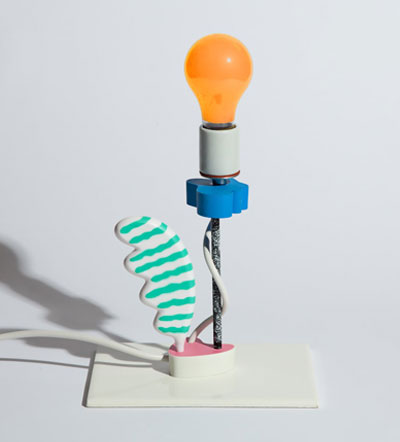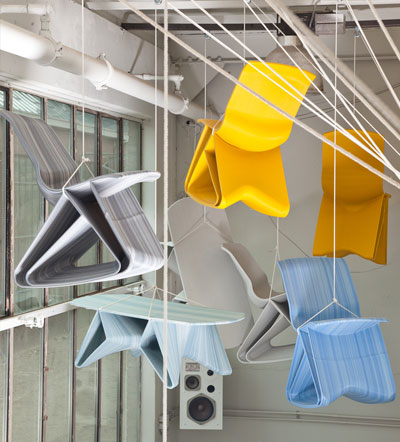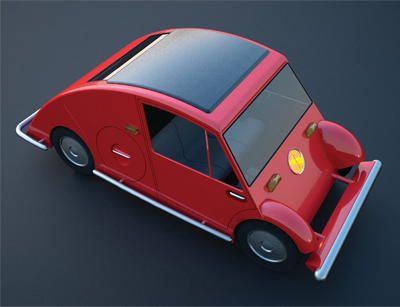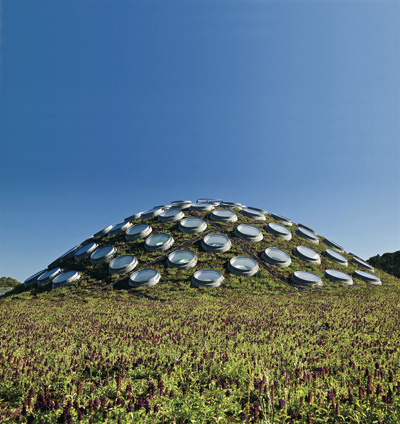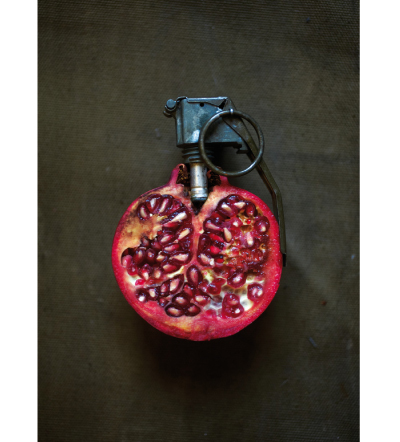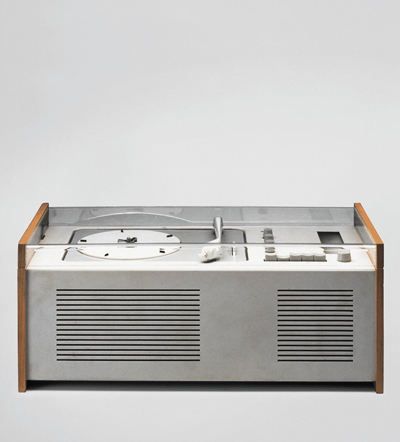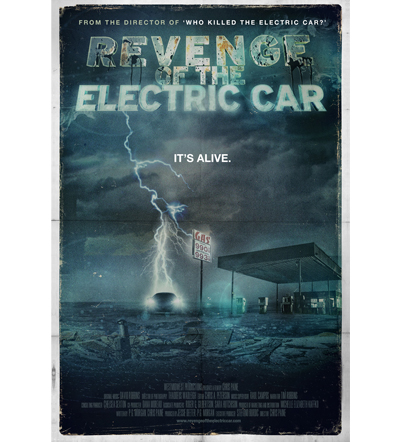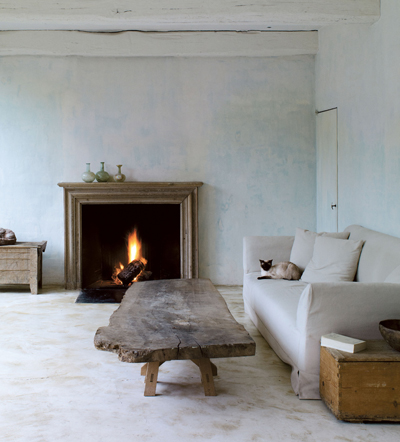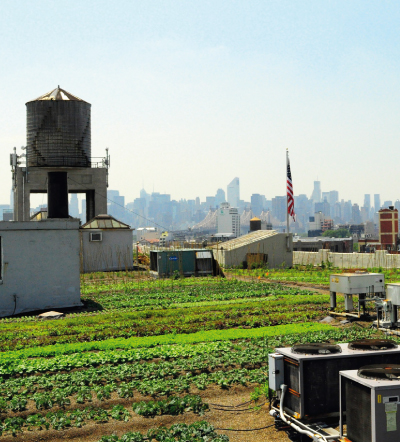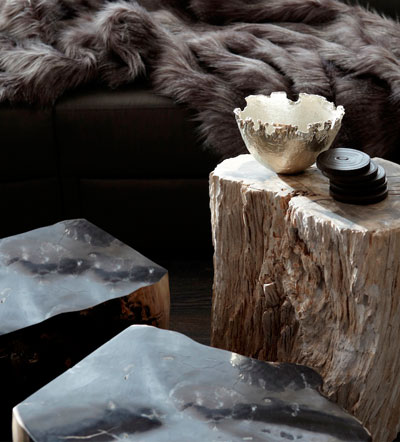
Verbier, Switzerland.
Using repurposed and reclaimed construction materials has gone beyond ecological propriety and become high style. Just take a look at the spaces crafted by London-based designer Fiona Barratt-Campbell, who weaves reclaimed wood into contemporary interiors with striking ease. At the Lodge, a ski chalet in Switzerland, weathered wall panels give the space a cave-like warmth. At a house in Harrogate, a patio table and lounge chairs crafted from railroad ties have a cool, post-industrial sensibility. And at an indoor swimming pool in France, twisting black tree trunks have the presence of expressionist sculptures.
Just like working with other kinds of repurposed materials, working with reclaimed wood requires special flexibility. As Barratt-Campbell describes, “Reclaimed wood can often prove difficult to work with as it is not in a uniform size or thickness and is often riddled with old nails, creosote and tar, so the design has to be adapted to suit these imperfections.” And it requires creative sourcing and fabrication. Barratt-Campbell partners with “a fantastic company” in the north of England to find lots of old wood and devise finishes will enhance their natural grain and color. She says, “I usually design a piece of furniture first and then ask our furniture makers to source the right material to work with. We work very closely together on the actual making of the piece so that the finished item is as my vision.”




 Facebook
Facebook Permalink
Permalink Digg
Digg Reddit
Reddit LinkedIn
LinkedIn StumbleUpon
StumbleUpon Tumblr
Tumblr
